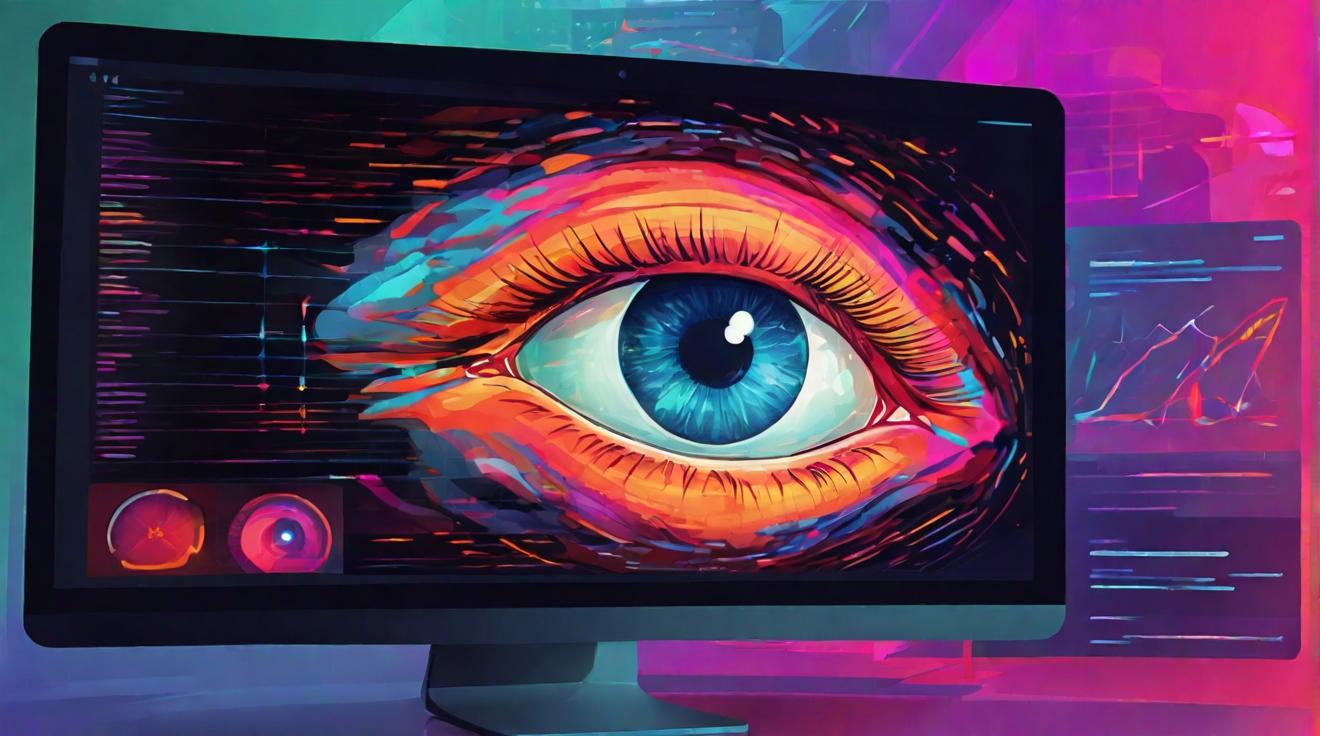OpenAI's GPT-4 Shows Promise in Diagnosing Eye Conditions
In a groundbreaking study highlighted in the PLOS Digital Health journal, research indicates that OpenAI's GPT-4 is nearing the capability to rival expert ophthalmologists in diagnosing eye problems. This advanced artificial intelligence model was put to the test against 87 patient scenarios to gauge its effectiveness and accuracy in identifying a range of eye conditions.
Large language models (LLMs), like GPT-4, are inching closer to matching the diagnostic abilities of seasoned ophthalmologists, noted the researchers in their publication. While GPT-4 did not consistently meet the bar set by top-tier eye doctors and had its share of diagnostic errors, it outperformed junior doctors and was on par with many specialists.
The study threw 347 ophthalmology questions from various scenarios at GPT-4 and analyzed the accuracy and relevance of its responses. Despite its impressive overall performance, GPT-4 struggled with a handful of queries related to glaucoma, cataracts, and pediatric ophthalmology, among others. However, these missteps did not align with any pattern or specific reasoning, underscoring gaps in the model's understanding.
"The remarkable performance of GPT-4 in ophthalmology examination questions suggests that LLMs may play a critical role in clinical settings," the research team asserted. They believe these models could assist clinicians with daily tasks, education, or exam preparation but emphasized that GPT-4 is not yet ready to replace human physicians in patient care.
Ethical concerns regarding the delegation of medical diagnoses to AI systems were also highlighted, pointing to the necessity of a balanced approach and the indispensable role of human oversight in healthcare.
The researchers are optimistic about enhancing GPT-4's capabilities through “fine-tuning” with high-quality ophthalmological data and introducing an “uncertainty indicator” to better inform doctors of the AI's confidence in its diagnoses. Such improvements could make GPT-4 and future LLMs invaluable, especially in regions with scarce access to ophthalmologists.
"GPT-4's knowledge and reasoning could be superior to that of non-specialist doctors," the study suggests, hinting at the AI's potential to bridge gaps in eye care accessibility and expertise.
In summary, while OpenAI's GPT-4 is not yet ready to fully take on the responsibilities of ophthalmologists, its advancement signals a future where AI could significantly support and enhance medical diagnostics and patient care.
Analyst comment
Positive news: OpenAI’s GPT-4 shows promise in diagnosing eye conditions, with capabilities close to expert ophthalmologists. It outperforms junior doctors and matches many specialists, making it valuable in clinical settings. There is room for improvement, particularly in certain conditions, but GPT-4 has the potential to bridge gaps in eye care and enhance accessibility. It emphasizes the necessity of human oversight and a balanced approach to AI in healthcare.













